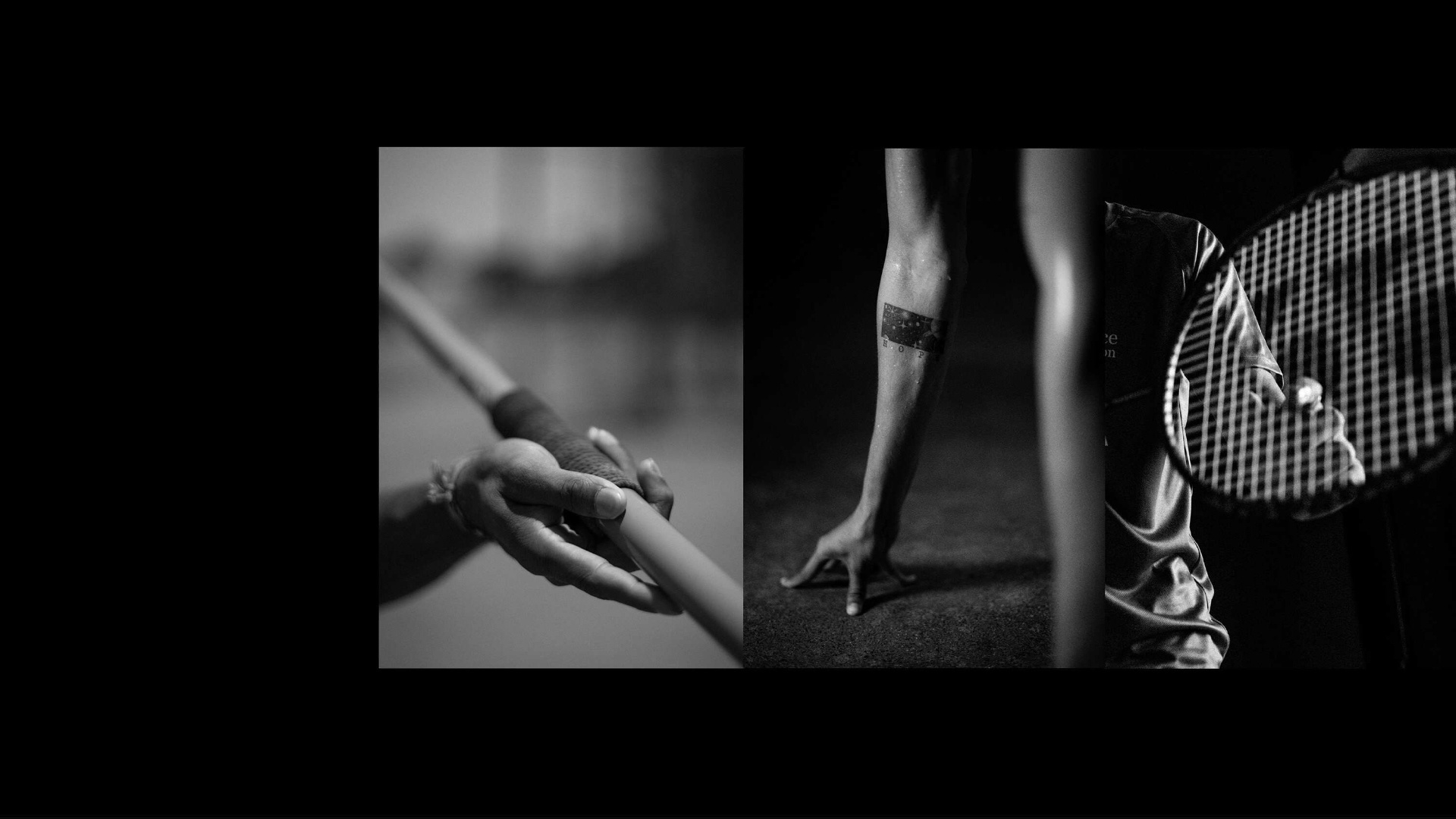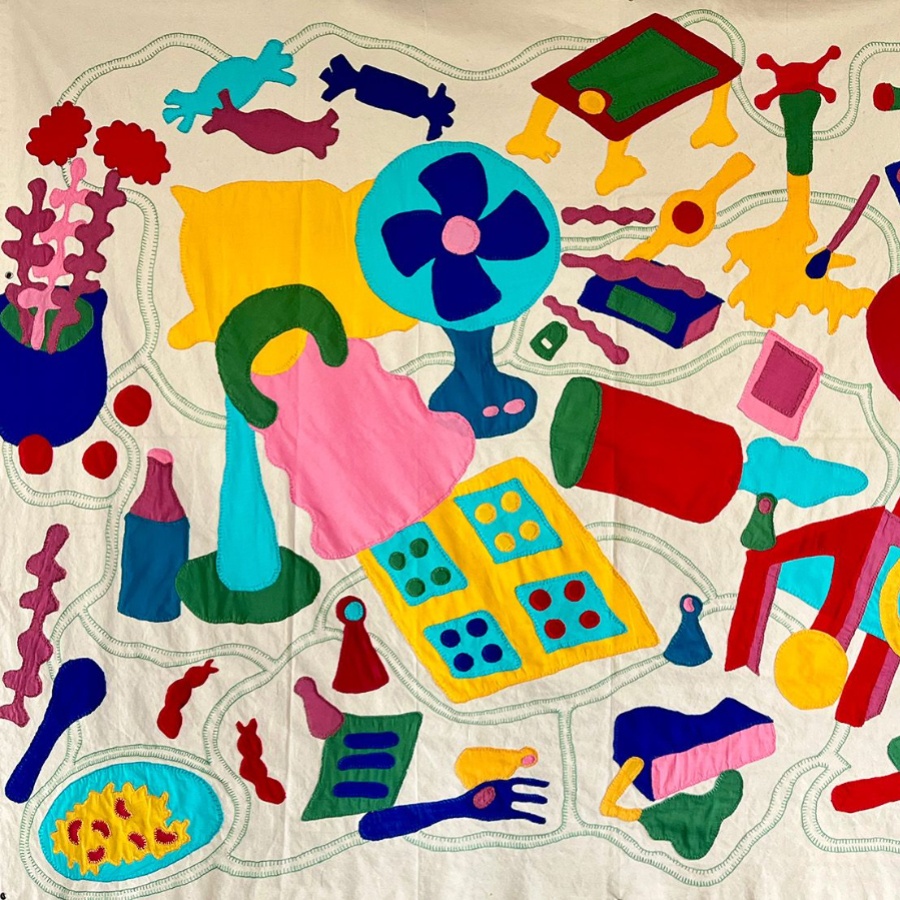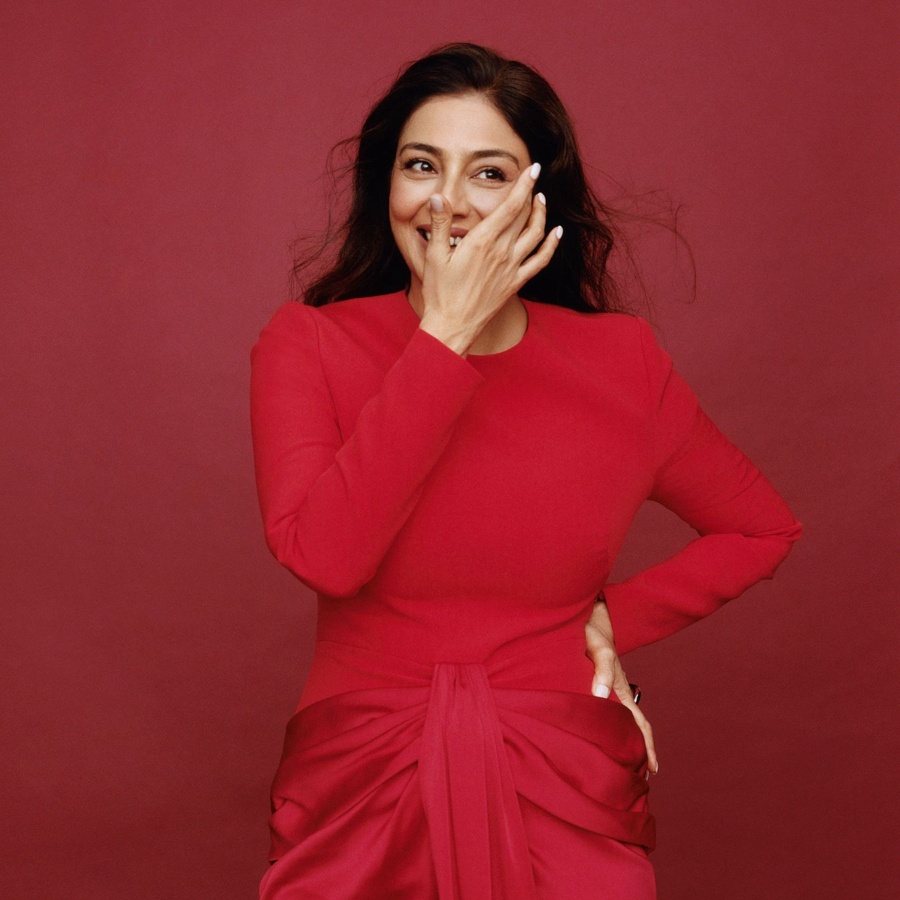In 2012, Michael Phelps retired from swimming after winning 18 gold (22 total) medals in Olympics; yet he returned to the sport to get six more medals in Rio de Janeiro in 2016, taking his total count to 28 (and 23 gold).
Rafael Nadal skipped Wimbledon this year to focus on the Paris Olympics.
That’s just the kind of effect that this tournament has on sportspeople.
The summer Olympics, the biggest showcase in the world of sport, will begin on July 26 in Paris. In the following two weeks, the world’s best athletes will battle it out for that elusive medal that comes once in four years. From India, 117 athletes will be aiming for a top-of-the-podium finish. What shooter Abhinav Bindra did in 2008 and Neeraj Chopra did in the 2020 edition (held in 2021) has set the beginnings of a trend that continues to grow.
In the last summer Olympics, Team India brought home seven medals, its best tally ever. This year, India has several medal hopefuls, from athletics, shooting, wrestling, boxing, hockey, and badminton among others. Satwiksairaj Rankireddy and Chirag Shetty in badminton, Nikhat Zareen and Lovlina Borgohain in boxing, Chopra in javelin throw, Manu Bhaker, Sift Kaur Samra, and Rhythm Sangwan in shooting, Mirabai Chanu in weightlifting, Antim Panghal and Vinesh Phogat in wrestling, and Aditi Ashok in golf are just some of the Paris-bound names that could bring home the medal.
The Nod spotlights a few of these remarkable athletes.
Kishore Jena
One of Jena’s biggest challenges in the world of sport remains the long shadow cast by Neeraj Chopra. Only the second Indian to win an individual Olympic gold medal, Chopra dominates men’s javelin and remains the single biggest star of India’s track and field.
But Jena, a 28-year-old late bloomer, has become a worthy challenger and honourable competitor who wants to share that limelight with Chopra. Last year, he got a respectable fifth place in the World Athletics Championships in Budapest, which he followed up, a few weeks later, with a silver in the Hangzhou Asian Games, behind Chopra’s gold. “Jab bhi main field pe jaata hoon, toh main sochta hoon ki jo mera pichhle saal ka best tha, mein usse behtar karoon,” he says. (“Every time I hit the ground, the thought in my head is that I want to do better than my best from last year.”)
Jena’s progression in the last two years has been remarkable, from a personal best of 78.05 metres in 2022 to 87.54 metres in China last October—not far behind Chopra’s 88.88-metre throw there. Jena even credited Chopra for encouraging him to aim for Paris at a time when, last year, the former considered quitting the sport.
“Sabka sapna hai Olympics; main jeet gaya toh mere liye bahut badi baat hai,” says Jena. (“It's everyone's dream to go to the Olympics. Winning is the biggest thing for me.”) With Chopra getting all the attention—and the pressure as the defending champion—Jena is well poised to sneak in and make sure the tip of his spear finds the farthest mark.










